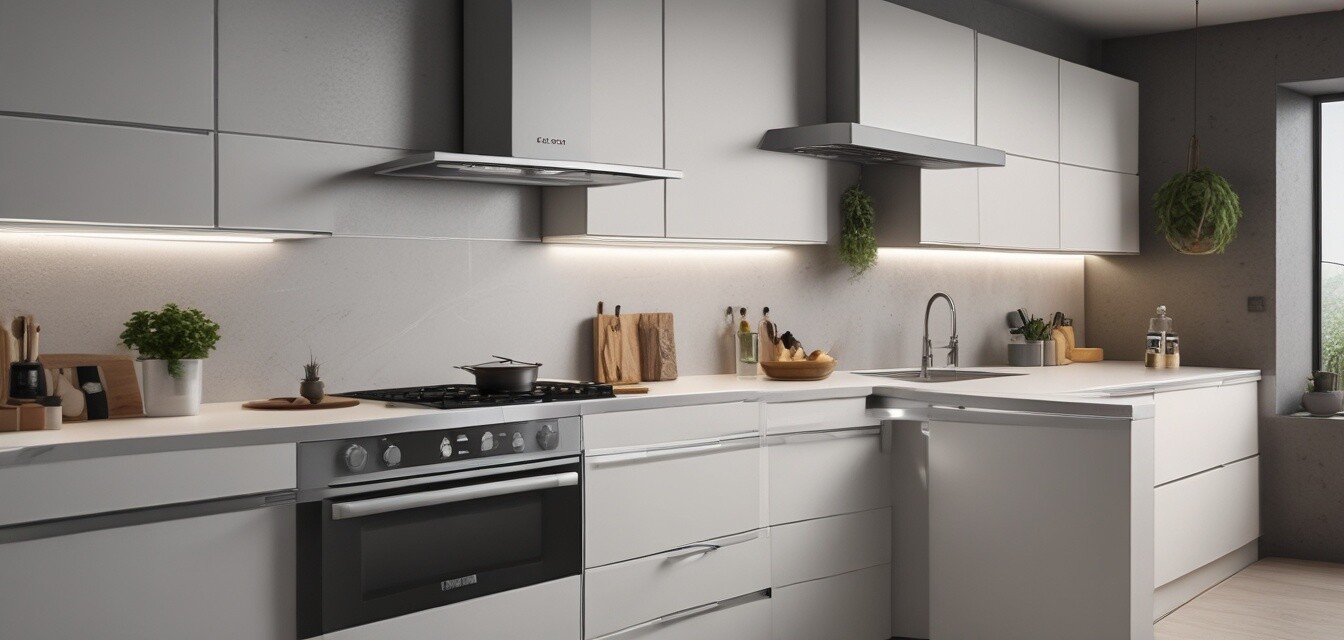
The best energy efficient stovetops for 2025
Key Takeaways
- Energy-efficient stovetops can significantly reduce electricity consumption.
- Modern stovetops come with advanced features for better cooking performance.
- Consider your cooking habits and kitchen space when choosing a stovetop.
- Immediate cost savings might be available through lower energy bills over time.
- Explore various options like induction, electric, and gas models.
In the quest for energy efficiency, choosing the right stovetop can make a big difference in both your energy bills and your cooking experience. As technology advances, stovetops are designed with energy-saving capabilities without compromising on performance. In this article, we’ll explore the best energy-efficient stovetops for 2025, analyzing their features, performance, and what makes them standout options for your kitchen.
Why choose energy-efficient stovetops?
Energy-efficient stovetops serve multiple purposes; they not only enhance your cooking efficiency but also lessen your environmental footprint. Here are some key reasons to opt for them:
- Lower electricity costs: Enjoy reduced monthly bills with appliances designed for efficiency.
- Faster cooking times: Many new technologies also promise quicker heating, which means less energy consumption.
- Better for the environment: Using less energy reduces your overall carbon footprint.
Types of energy-efficient stovetops
When it comes to energy-efficient stovetops, there are several types to consider, each with unique advantages. Below is a comparison of the main types:
| Type | Description | Efficiency | Best for |
|---|---|---|---|
| Induction | Uses electromagnetic energy to heat pots and pans directly. | Up to 90% efficient | Fast cooking and precise temperature control |
| Electric | Uses electric coils or glass surfaces, gradually heating pots and pans. | 70-80% efficient | Consistent heat and easy cleaning |
| Gas | Uses open flames fueled by natural gas, offering instant temperature control. | 50-60% efficient | Traditional cooking enthusiasts |
Factors to consider when choosing a stovetop
Choosing the right stovetop involves evaluating several factors:
- Cooking style: Your cooking habits—whether you often boil, sauté, or simmer—should influence your choice.
- Space availability: Consider the size of your kitchen and how much space you can allocate.
- Budget: Energy-efficient models may have higher upfront costs but offer savings over time.
- Features: Look for features such as self-cleaning options, safety features, and digital controls.
Top energy-efficient stovetops for 2025
Here’s a look at some trending models for energy-efficient stovetops in 2025. While specific product recommendations are outside our scope, you can look for the following features:
- Smart Technology: Some models now integrate with smart home systems.
- Eco-Friendly Practices: Stovetops made with sustainable materials.
- Energy Consumption Metrics: Options displaying real-time usage statistics.
Frequently asked questions
Here are answers to common queries regarding energy-efficient stovetops:
- Do energy-efficient stovetops cook faster? Yes, many are designed to provide faster heating.
- Are they more expensive? Upfront costs are typically higher, but savings often offset this over time.
- Is maintenance easier? Some models offer easier cleaning features, especially induction types.
Conclusion
Investing in an energy-efficient stovetop is not just a smart financial decision but also a step towards a more sustainable lifestyle. With numerous options available, consider your cooking habits, kitchen layout, and energy-saving goals to make the best choice. For more information on energy-efficient appliances, explore our comprehensive buying guides, designed to educate you on making informed decisions.
Pros
- Significantly reduces energy consumption.
- Offers faster cooking times.
- Environmentally friendly option.
- Enhanced safety features in many models.
Cons
- Higher initial investment cost.
- Limited options for certain types of cookware.
- Potential learning curve for new technology.
Explore more energy-efficient appliances
To complement your stovetop choice, consider exploring other energy-saving appliances in our categories:
